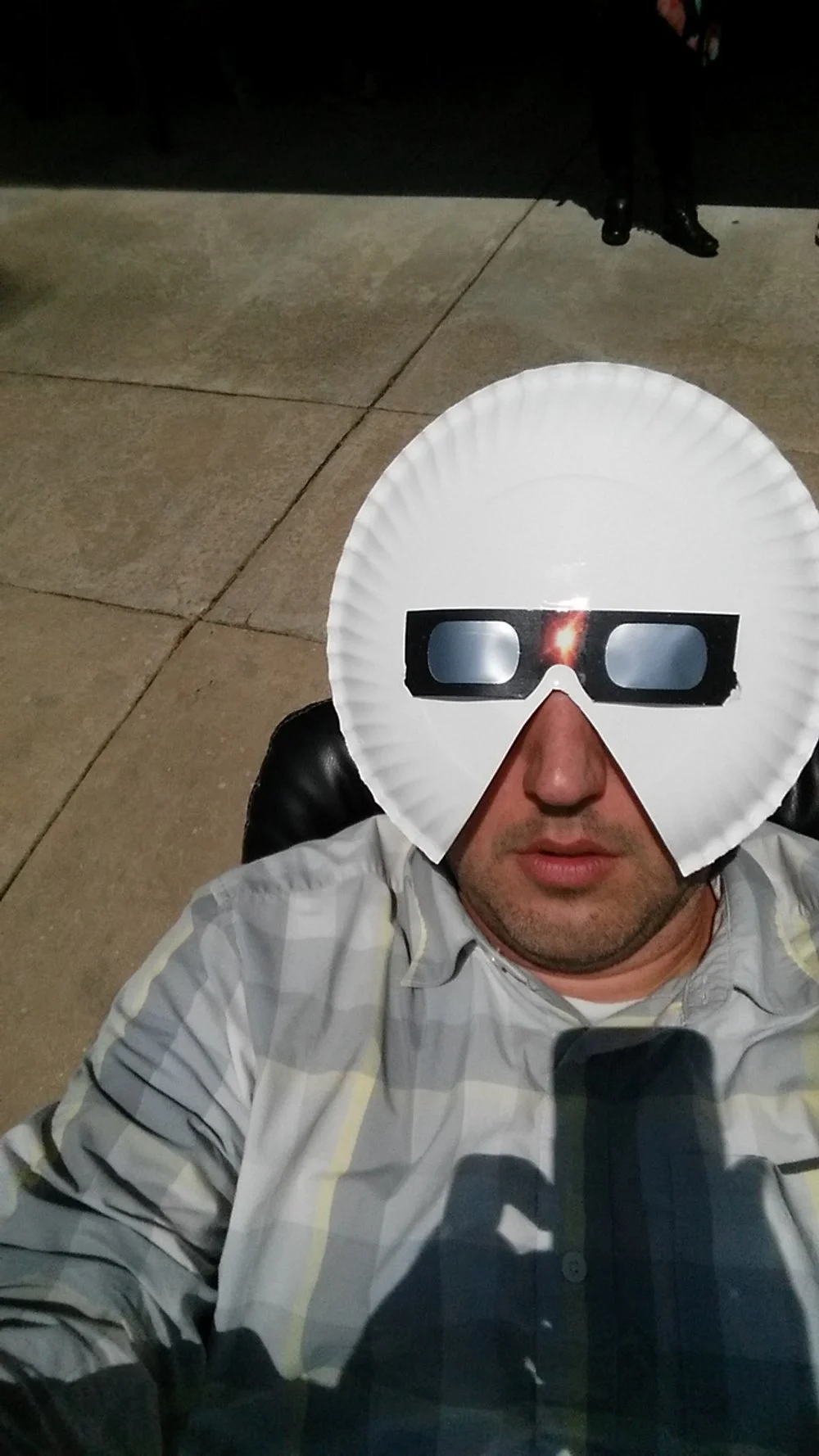
Two partial eclipses coming…
-
Safe observing
Safety is the number one priority when viewing a solar eclipse. Be sure you're familiar with and follow these NASA safety guidelines when viewing an eclipse.
Except during the brief total phase of a total solar eclipse, when the Moon completely blocks the Sun’s bright face, it is not safe to look directly at the Sun without specialized eye protection for solar viewing.
Viewing any part of the bright Sun through a camera lens, binoculars, or a telescope without a special-purpose solar filter secured over the front of the optics will instantly cause severe eye injury.
-

Partial annular eclipse in October
The Sun is never completely blocked by the Moon during an annular solar eclipse. So, during an annular eclipse, it is never safe to look directly at the Sun without specialized eye protection designed for solar viewing.
When watching an annular solar eclipse, you must look through safe solar viewing glasses (“eclipse glasses”) or a safe handheld solar viewer at all times. Eclipse glasses are NOT regular sunglasses; no matter how dark, regular sunglasses are not safe for viewing the Sun.
-
Build a safe viewer.
A convenient method for safe viewing of the partially eclipsed Sun is pinhole projection. You simply pass sunlight through a small opening (for example, a hole punched in an index card) and project an image of the Sun onto a nearby surface (for example, another card, a wall, or the ground).https://eclipse.aas.org/eye-safety/projection
